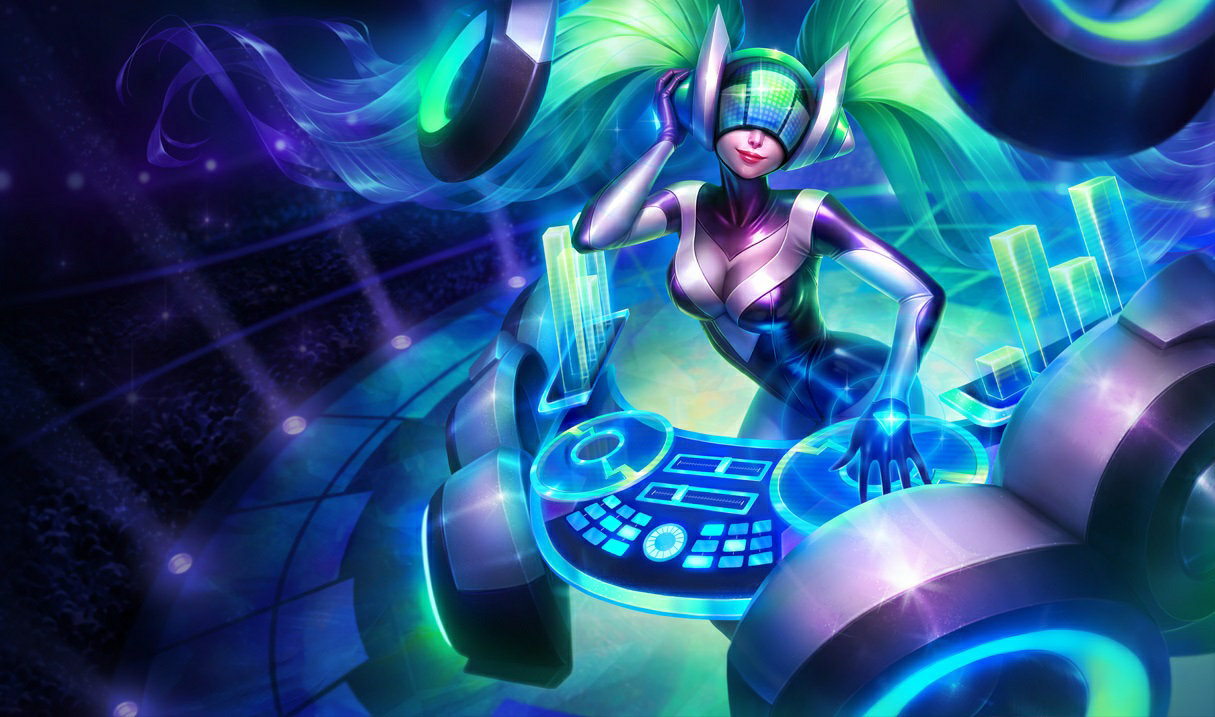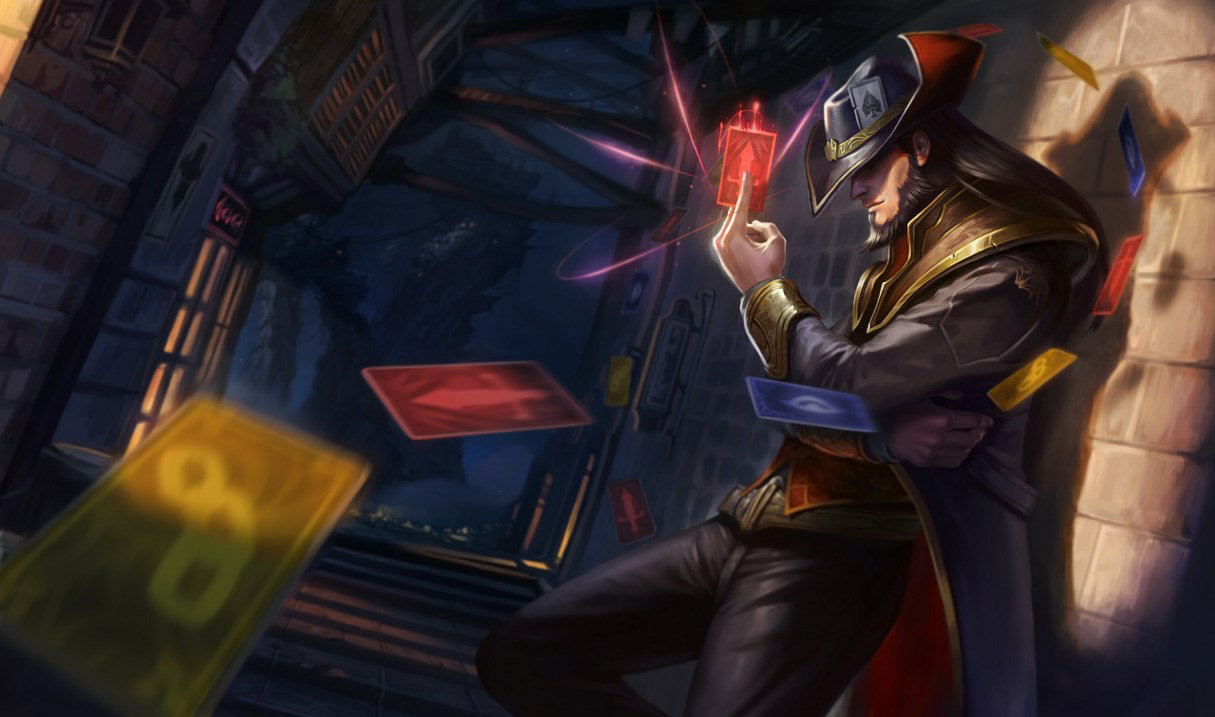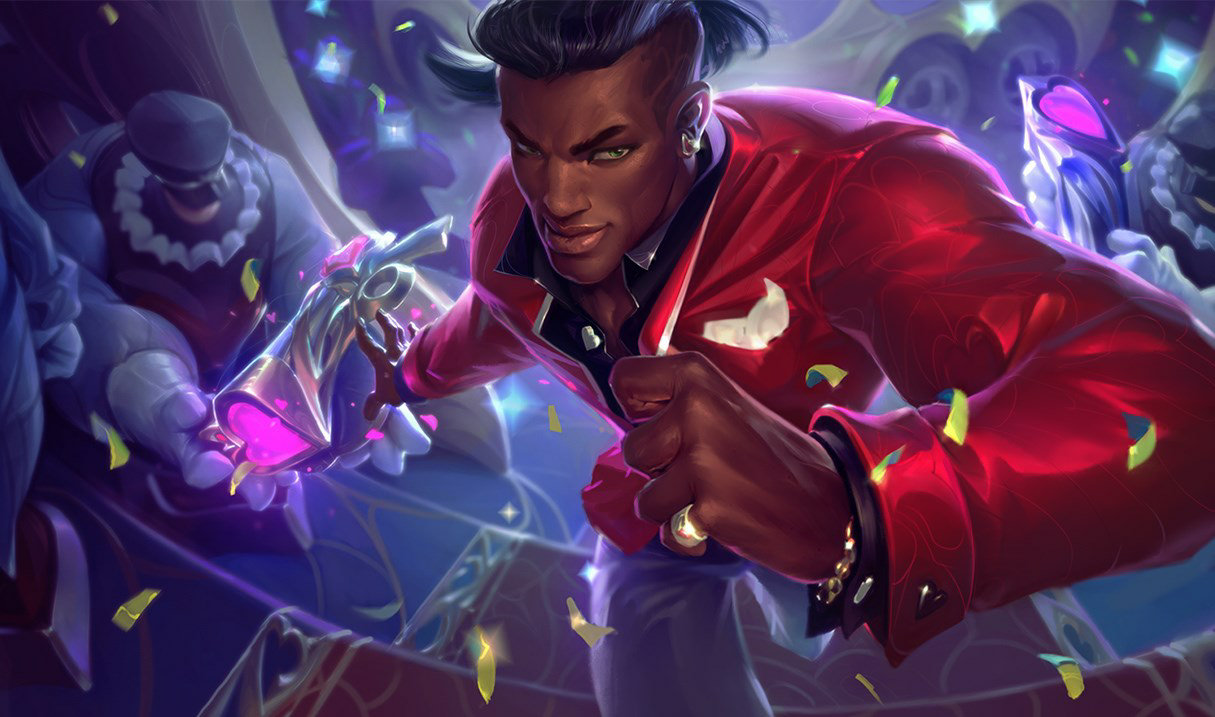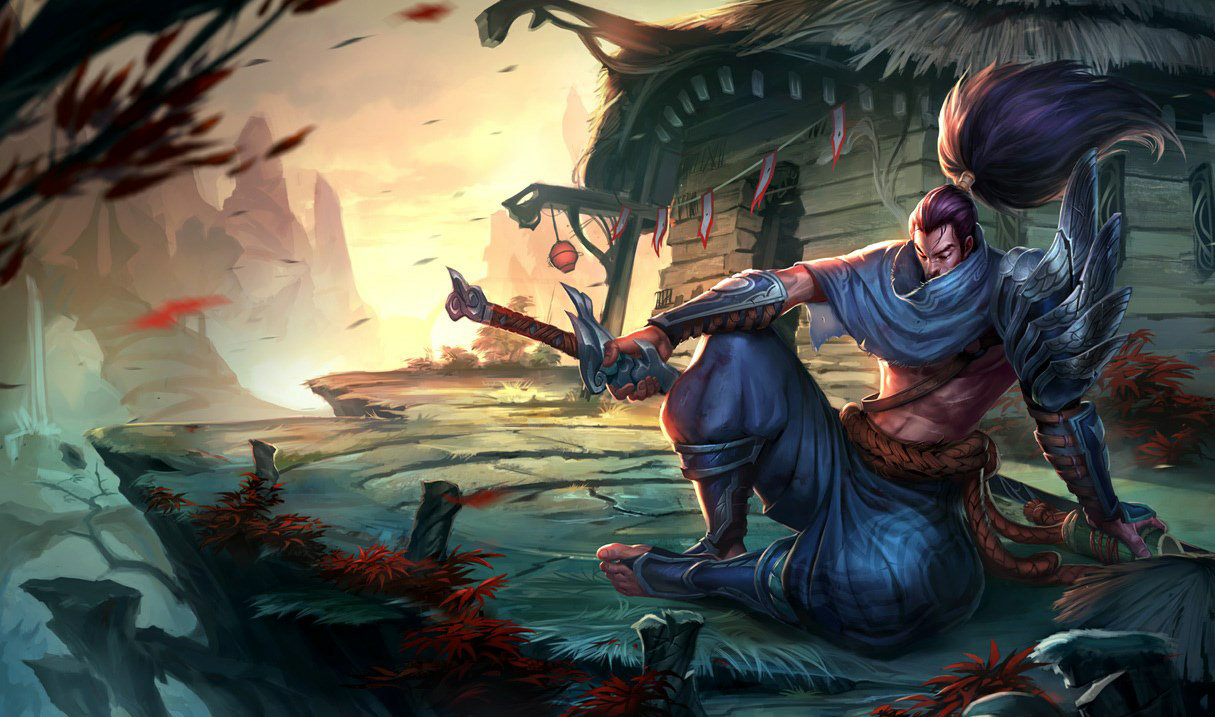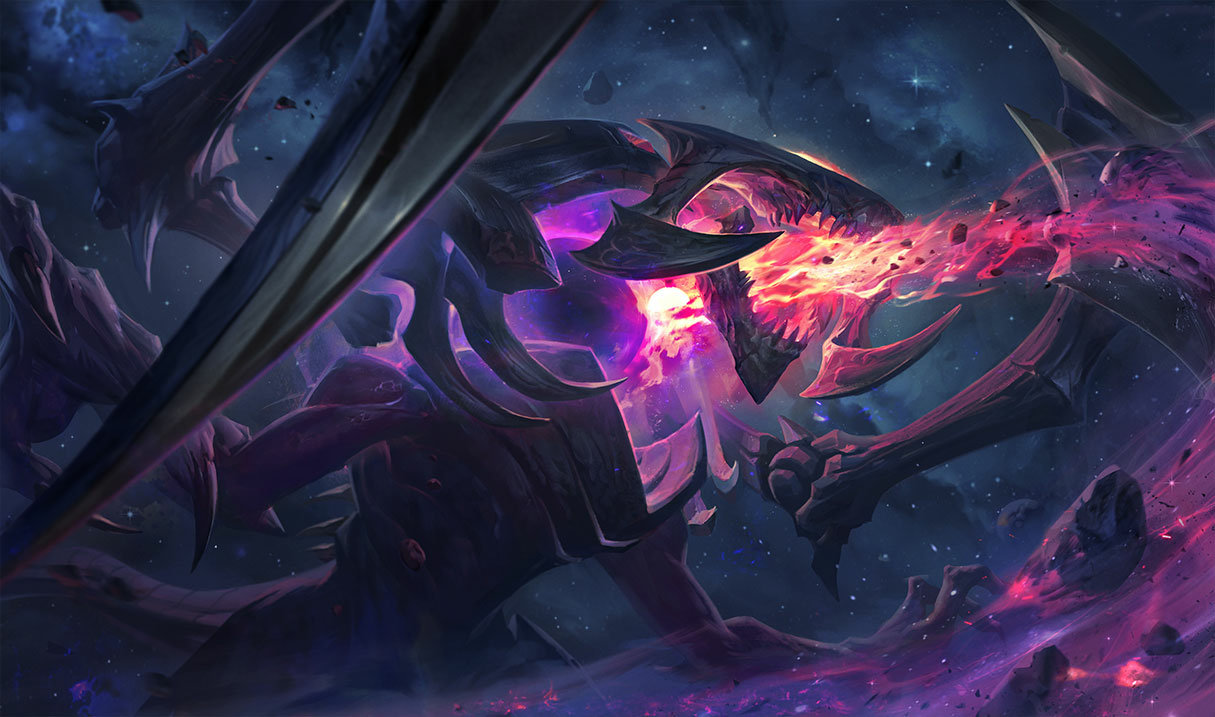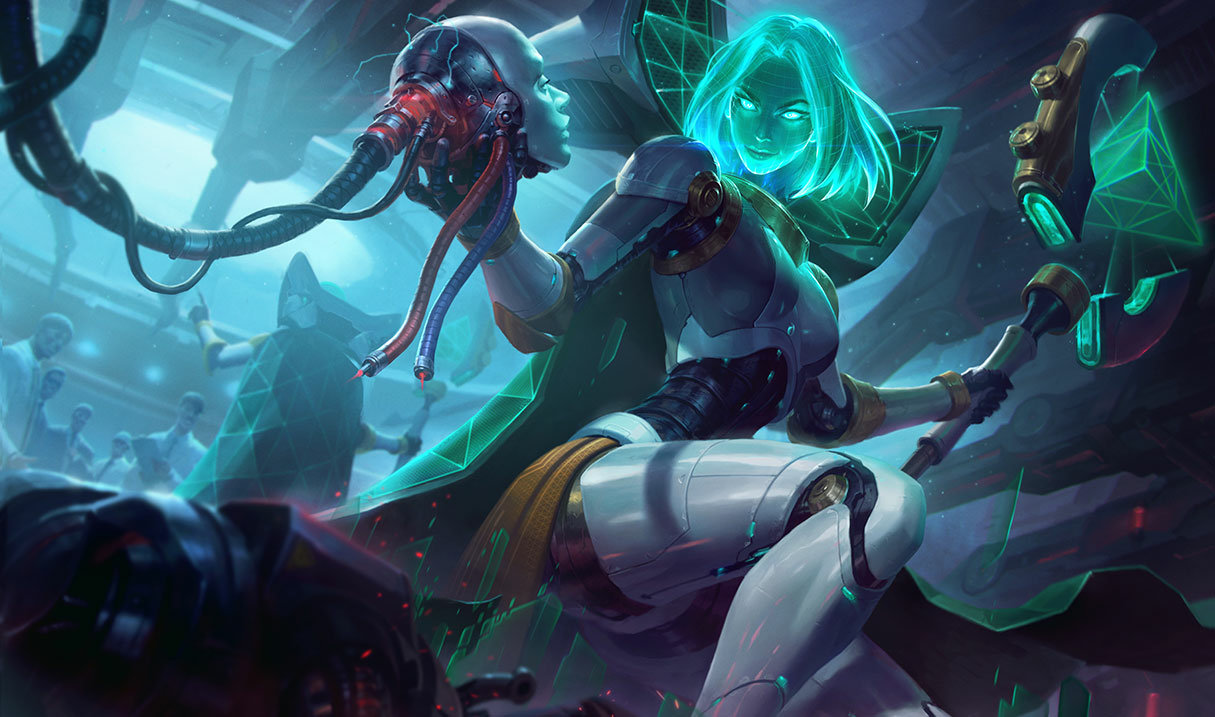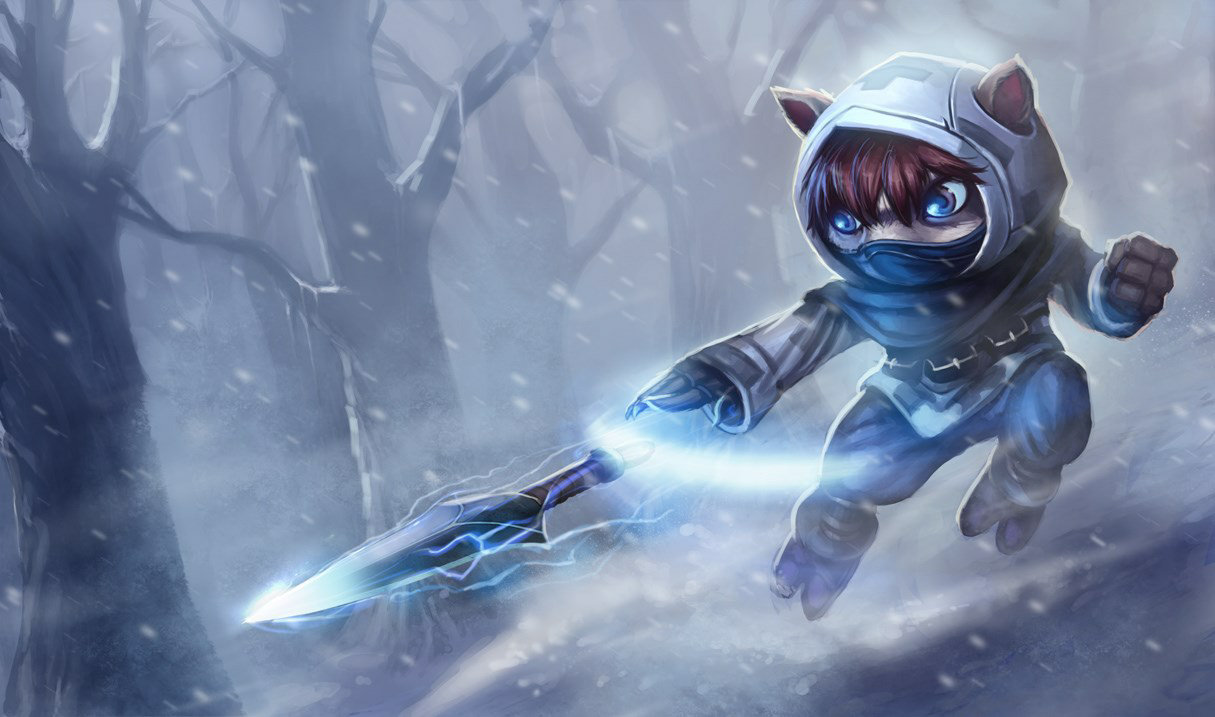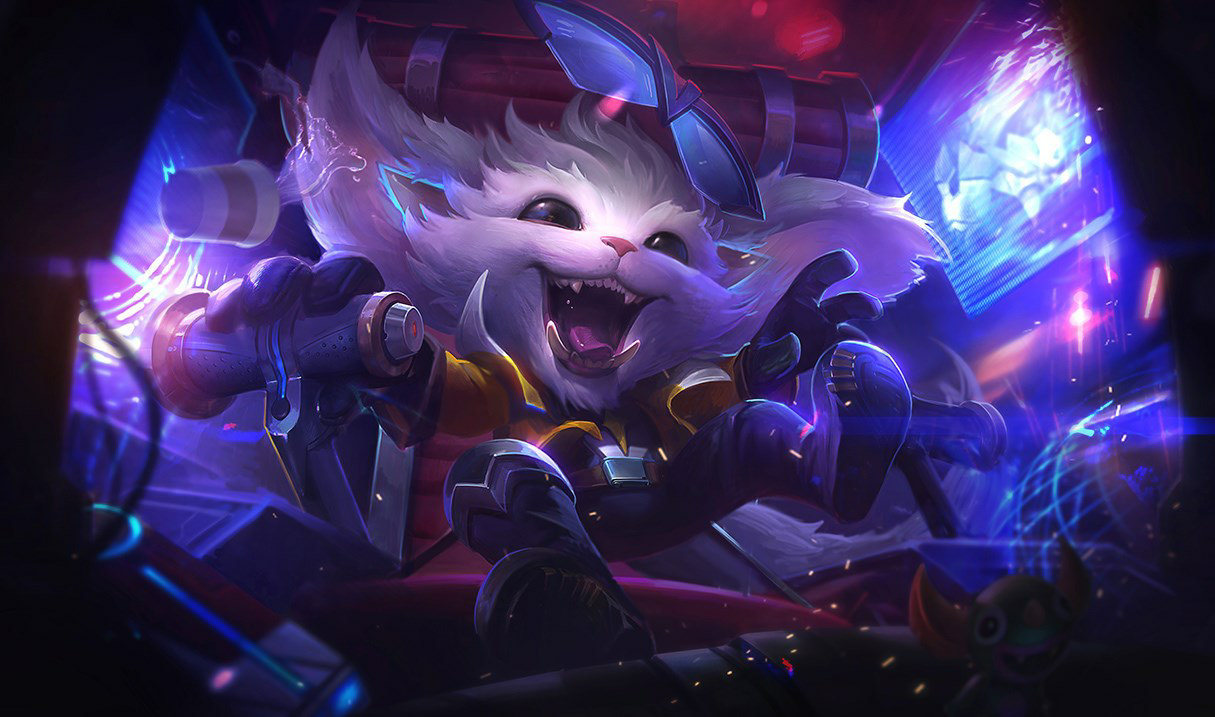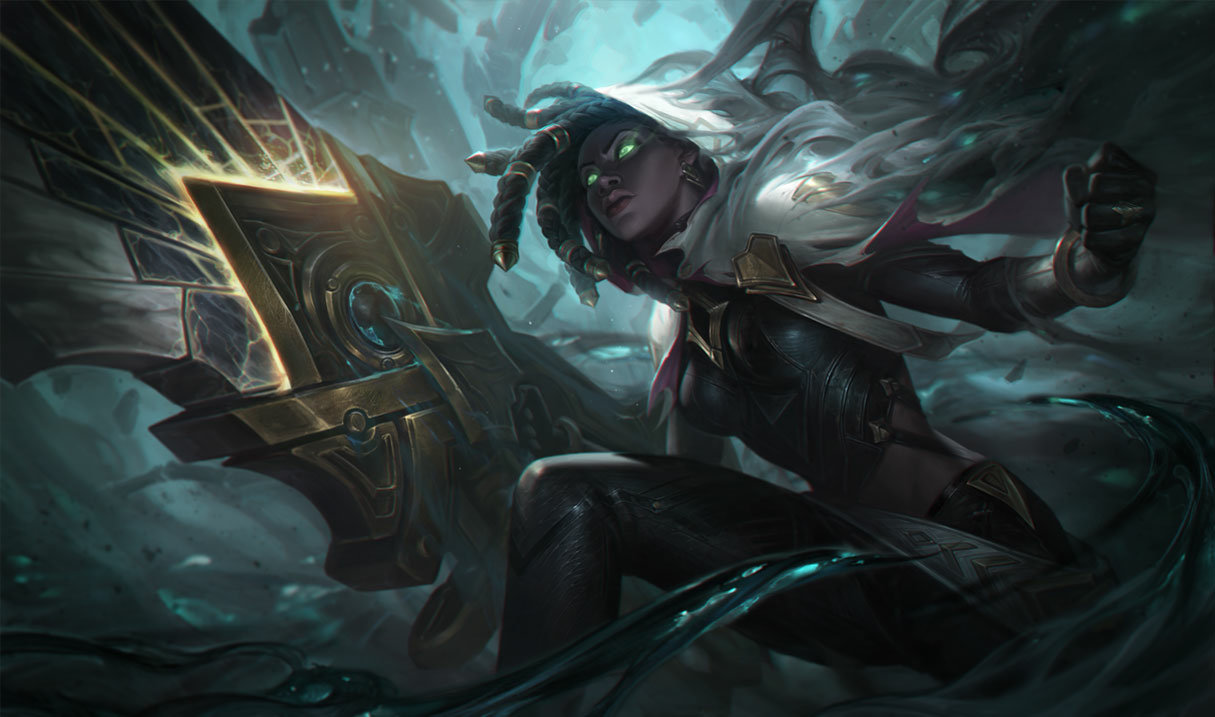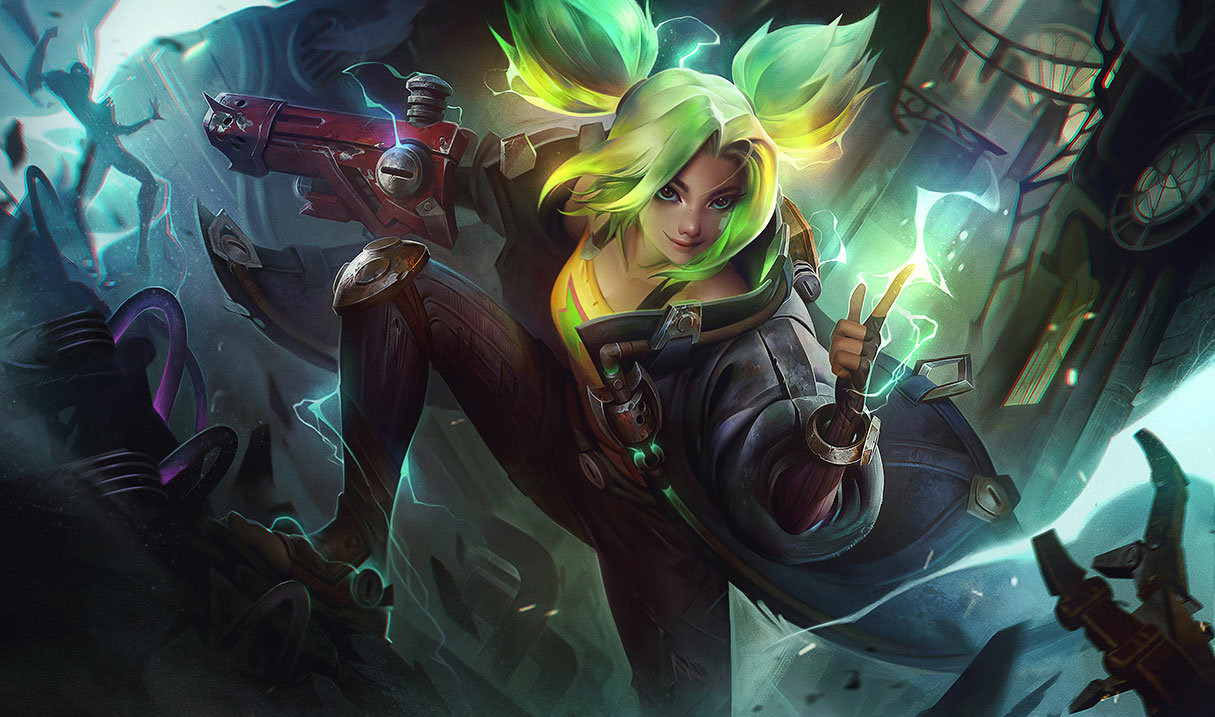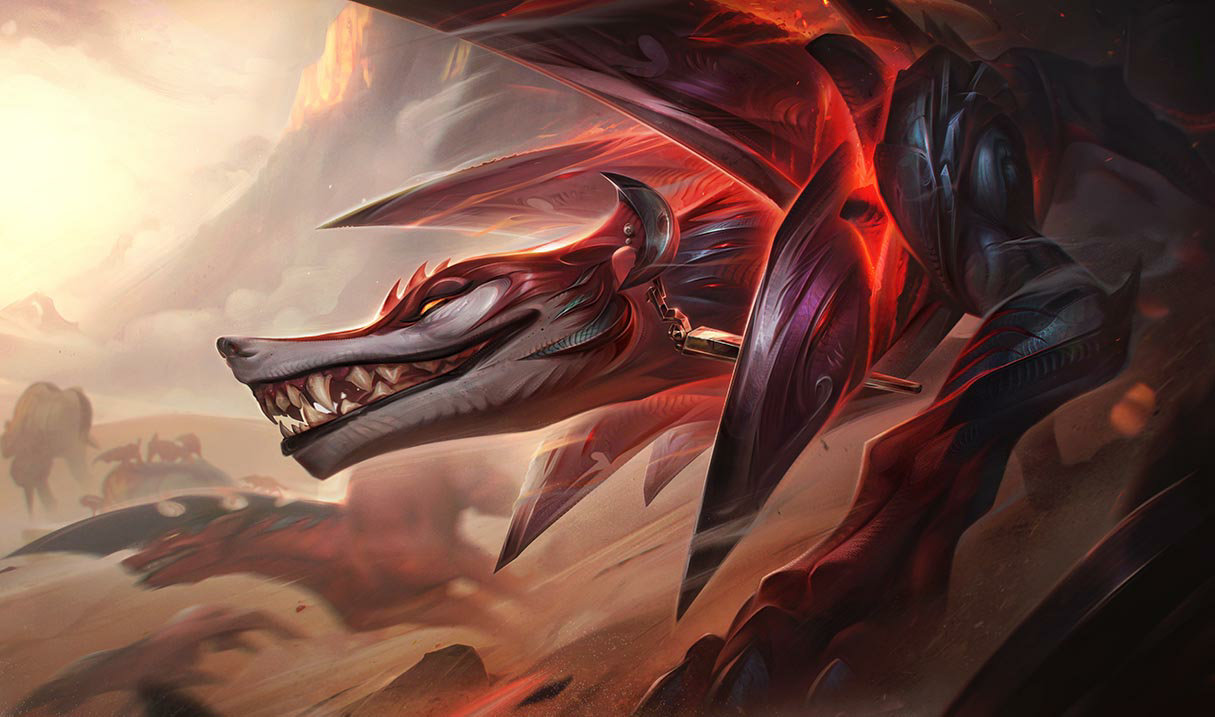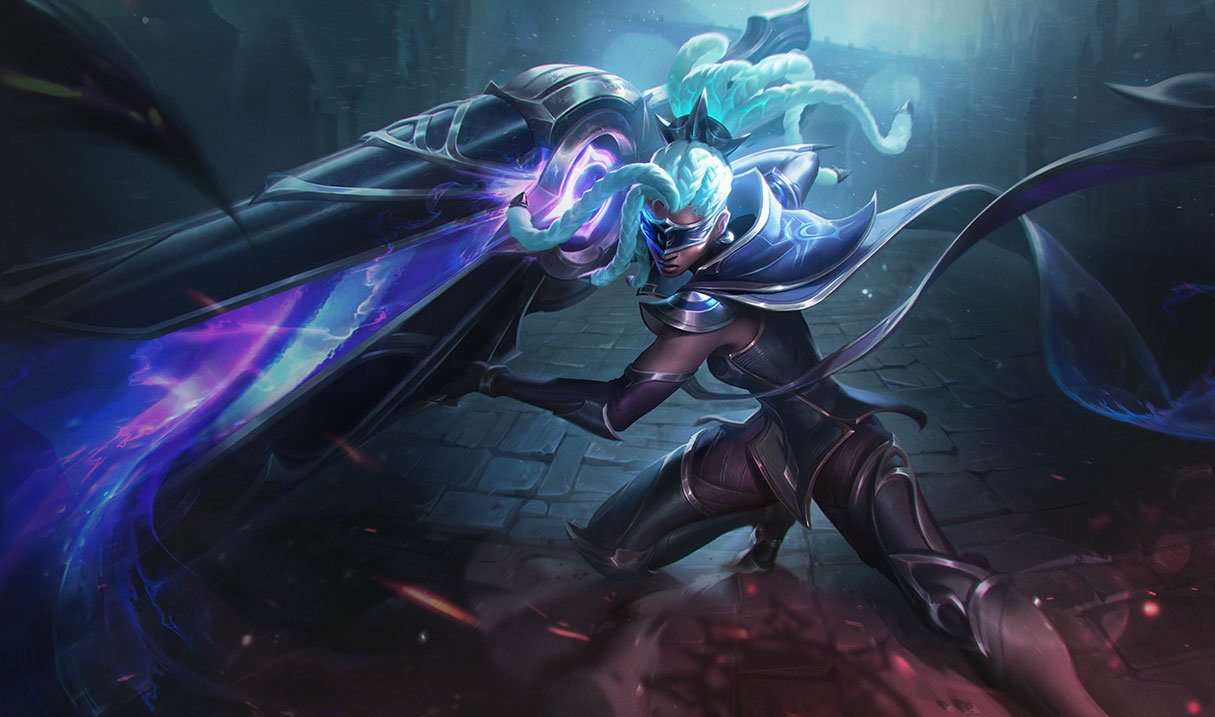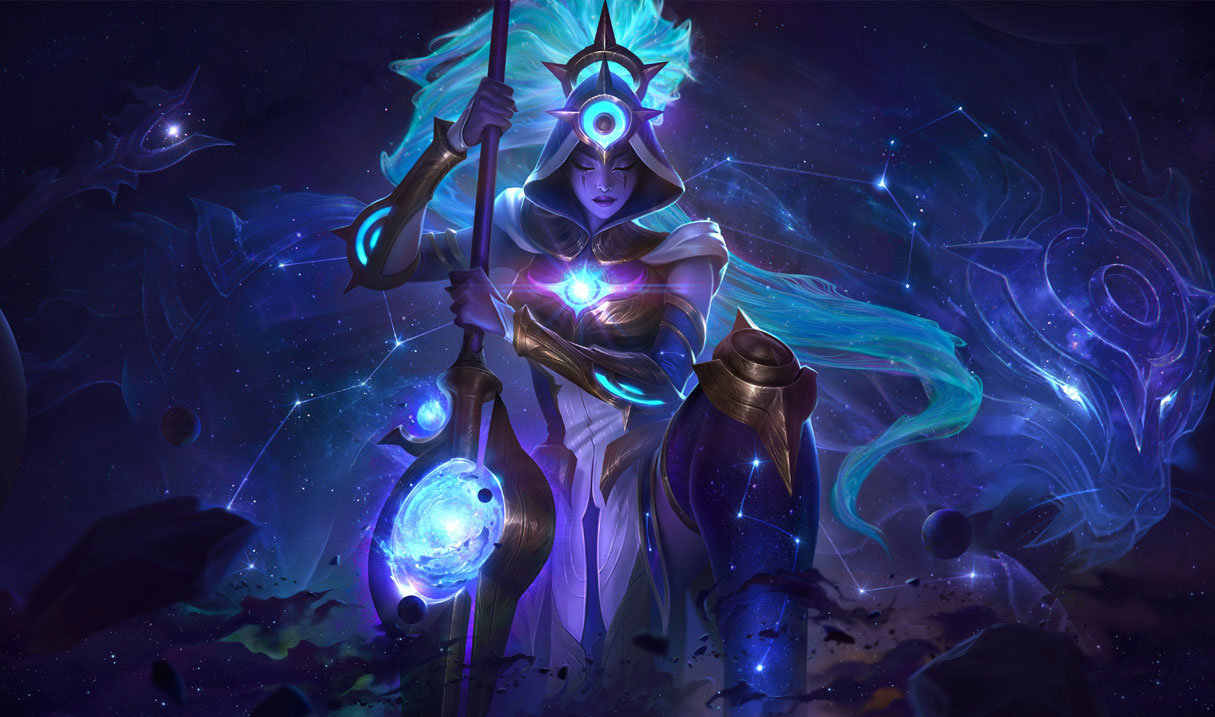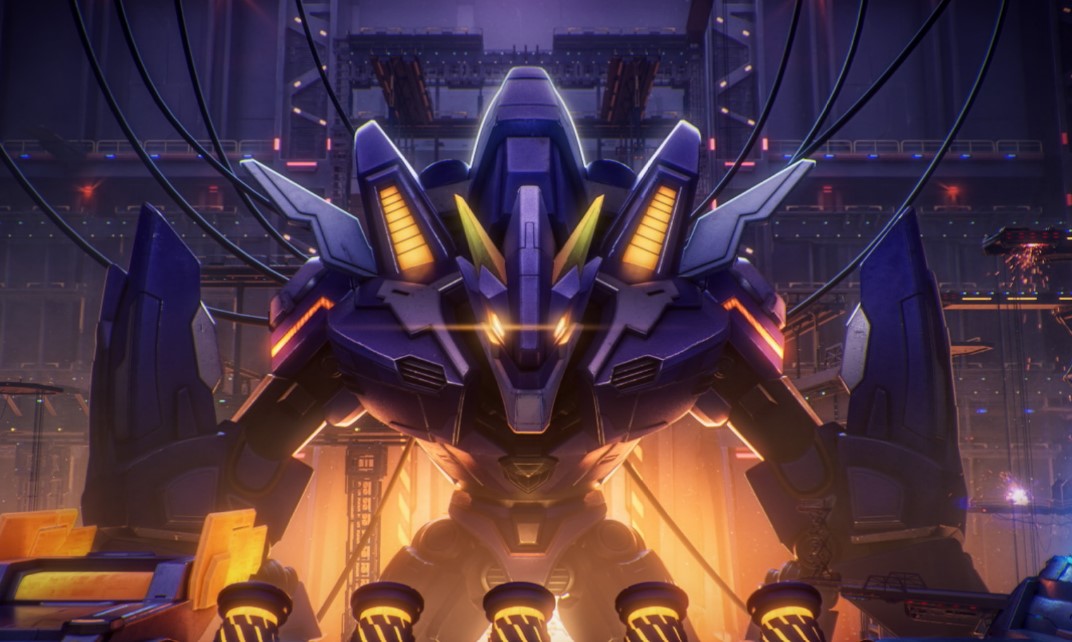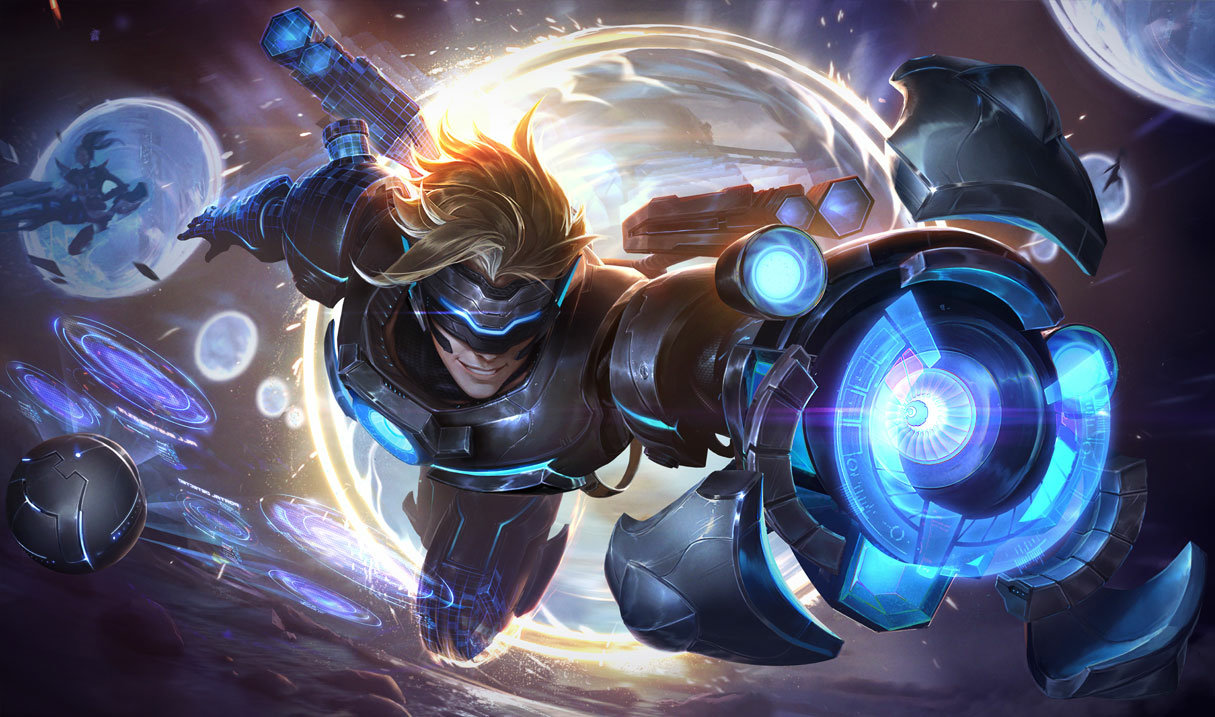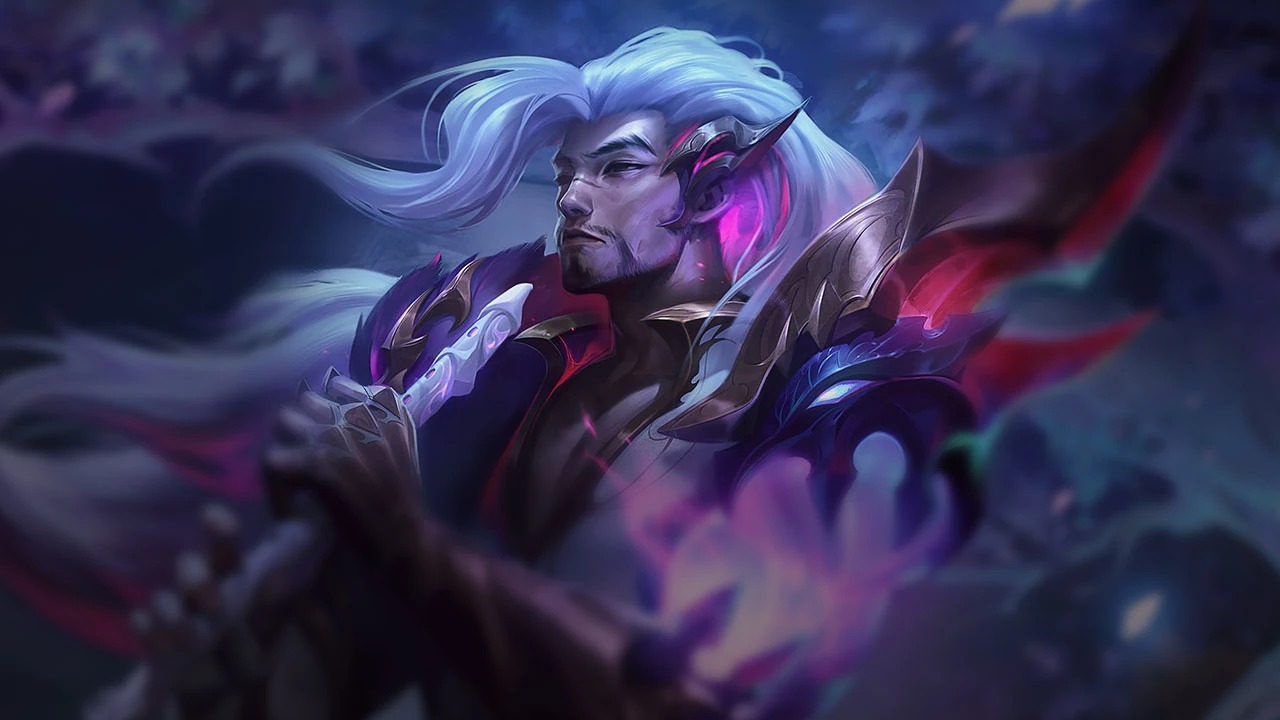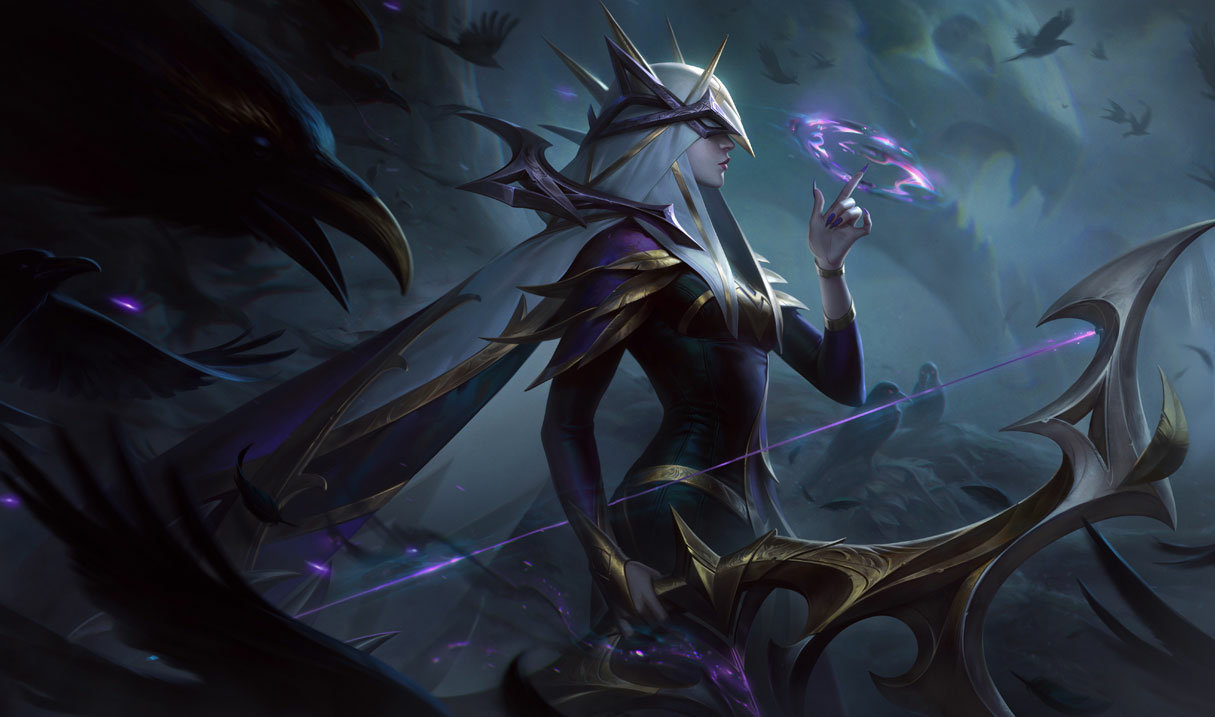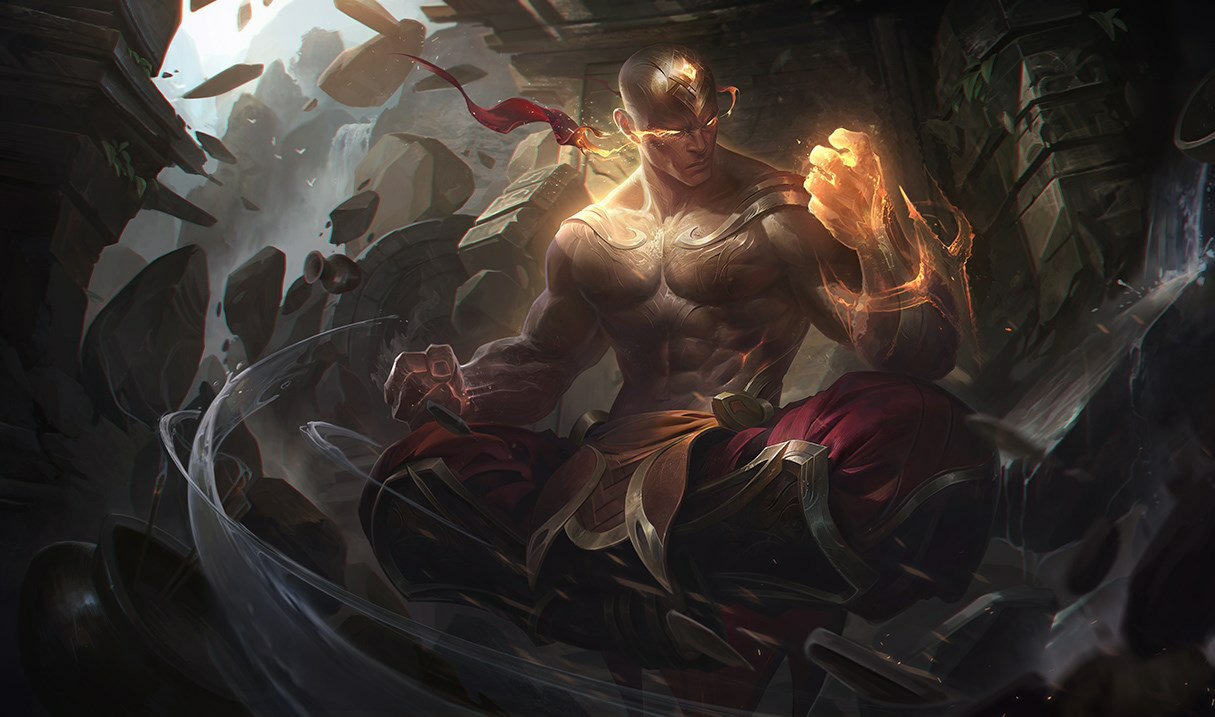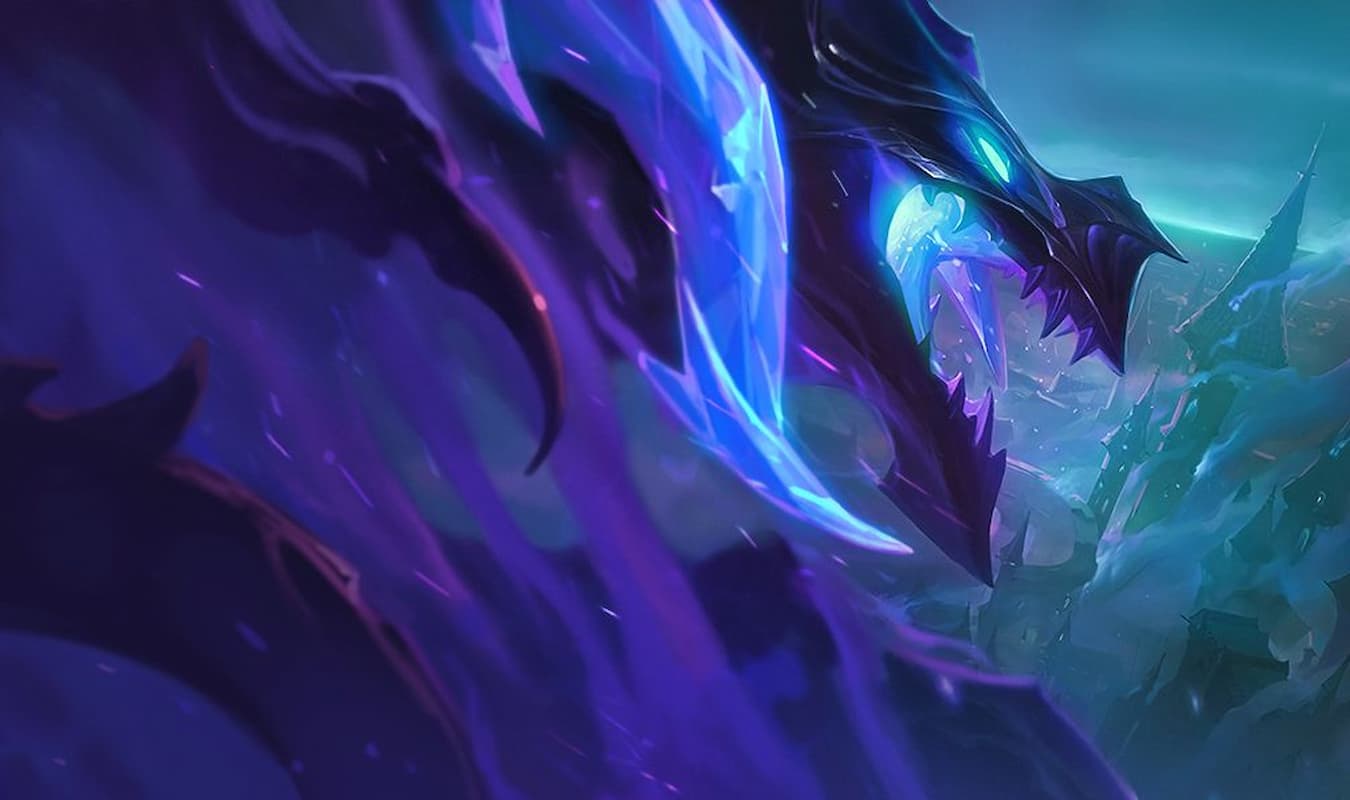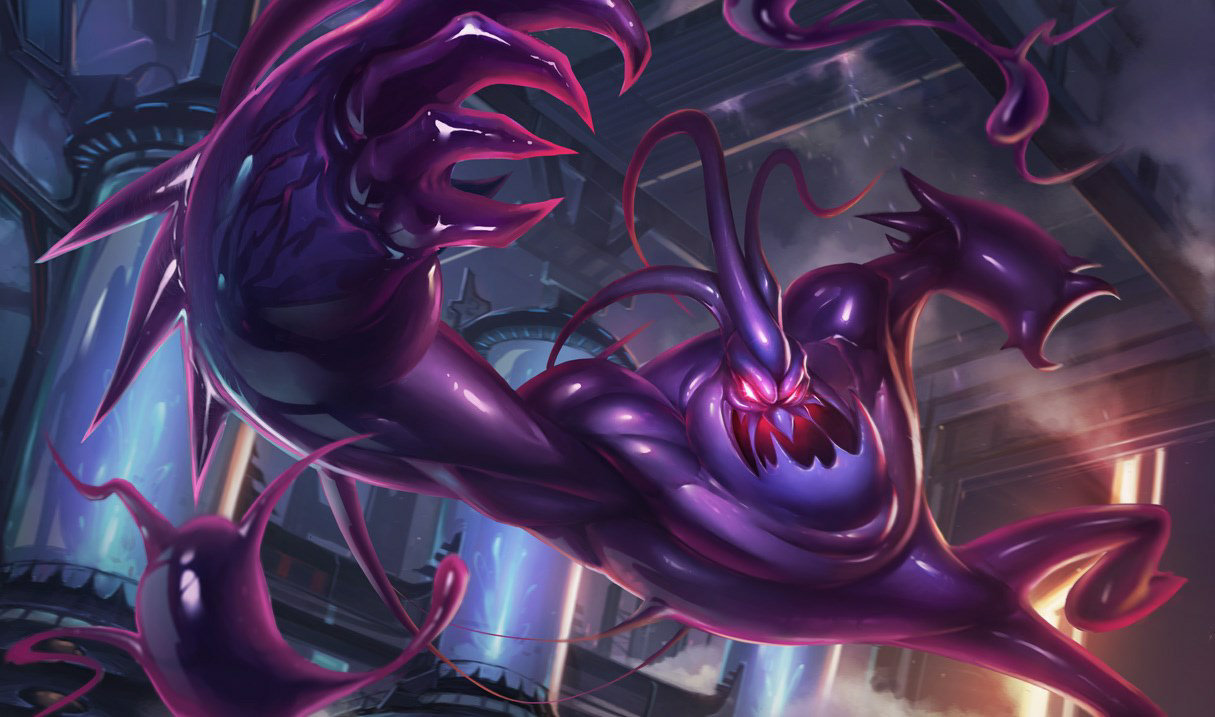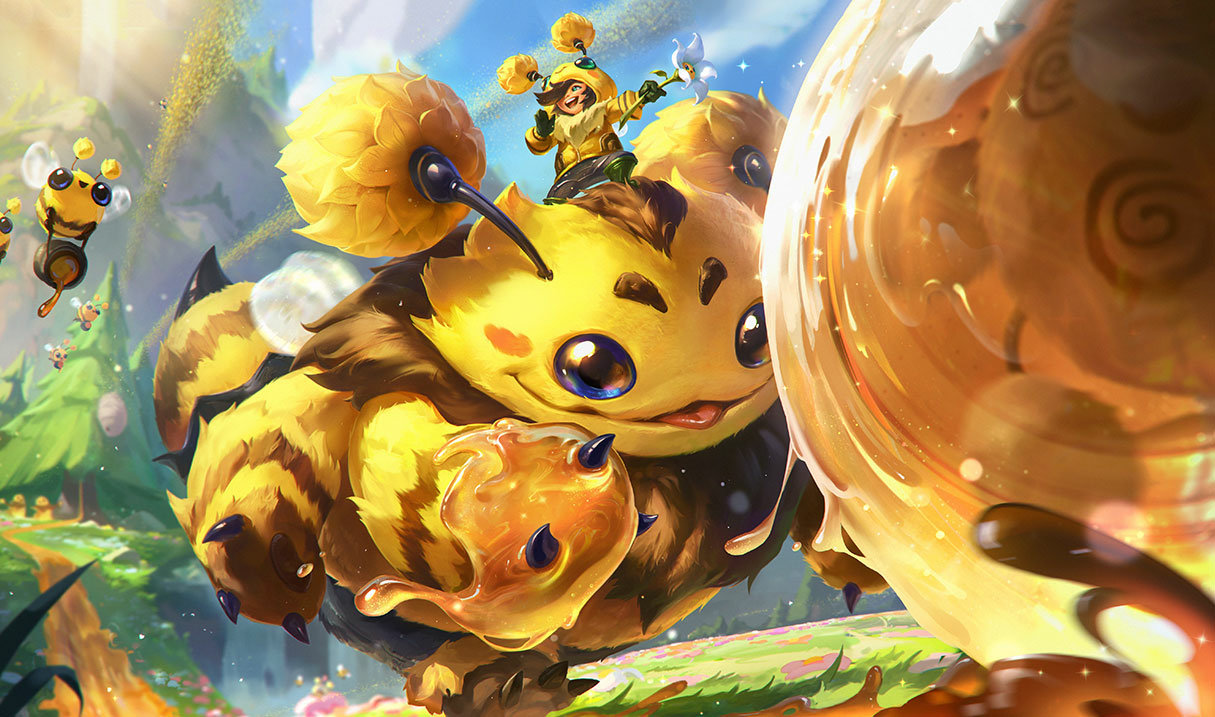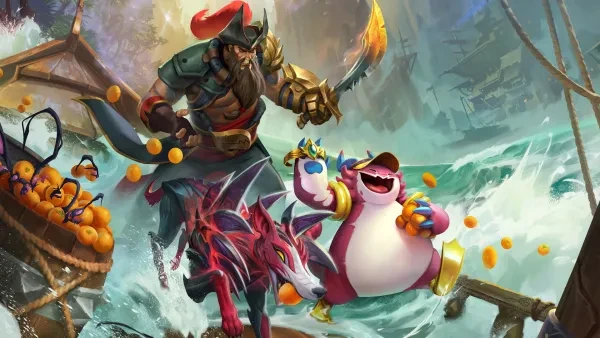
Have you ever noticed that some people in TFT always win while others have no clue how to climb the rank ladder? That’s because winners follow some strategies that allow them to conquer the lobby.
TFT is a strategic game where players compete to build the strongest team of champions they can.
While the game is easy to learn, it’s a bit hard to master as there are many different ways to play, so in this article, we will provide you with 25 tips, starting from the early game economy to the late game positioning.
Early Game
25. Economy Management

Most people find it difficult to manage their gold efficiently in the early game, but this doesn’t only affect your early game; it greatly affects your late game and how you have spent your gold.
You don’t have to keep rerolling until you find the perfect matches early; instead, you can use 1 or 2 active traits to get on a winning streak or plan to have a losing streak.
Having the interest system in TFT is a great way to have more gold. Starting the game by saving gold would greatly have a positive impact on the late game, as for every 10 gold you have in your bank, you get an extra gold in interest after each round up to a maximum of 5 gold in interest per round.
Also keep in mind that some augments would increase the maximum interest to 7 or even 10 as a prismatic augment.
You need to resist the urge to spend a lot of gold in early rounds unless you have to, if your comp is about rerolling low-cost champions, or if you got lucky enough to have many copies of a champion that will stay until the late game.
But if that’s not the case, save up to 50 gold, as the compound interest would greatly help you in the mid- to late-game, where you will need the gold to level up and get higher-cost champions.
24. Champion Selection
At the start of every new season, new players or even seasoned players don’t know which champion to prioritize in the early rounds, which might lead to weak early rounds, unstable streaks, and lower incomes.
Some champions can activate traits before you even go to your first battle, so if you are not sure which comp you are playing, then try focusing on the tier 1 and 2 champions, which would be easier to buy and level up, which makes them a better choice than trying to find higher-tier champions in early rounds.
Having active traits would put you on the desired path of streaks; for example, if you want to get on the winning streak, you will need to balance between offensive and defensive traits early, but in case you want to have a losing streak, you might only have some tanks that are able to take down 2 or 3 enemy champions so you don’t lose a lot of HP.
Also keep in mind the probability of each tier on each level, as in the early rounds you will have a higher chance to secure tier 1 and 2 champions and get them to level 2 or even 3, then you will need to consider branching out to high-cost champions.
23. Item Prioritization

One of the biggest problems people face in early games is the wrong item prioritization. They struggle with item choice and combinations, which lead to weak items or waste item components instead of having that one item that may be a deal breaker.
Knowing your comp and which items you would need will give you a huge advantage, as you will be prioritizing components that will combine the powerful late-game items you need and boost your champions’ defensive or offensive stats, or even both.
Items can be acquired from carousels, drops, augments, and many other ways, so you need to learn how to save important components. You also need to know most of the combinations so you don’t misplace a component to be wasted, and in carousel cases, you would go out and take that item or component before everyone else.
So always plan your item combinations based on the champions or comps you are planning to put into action.
22. Early Synergies
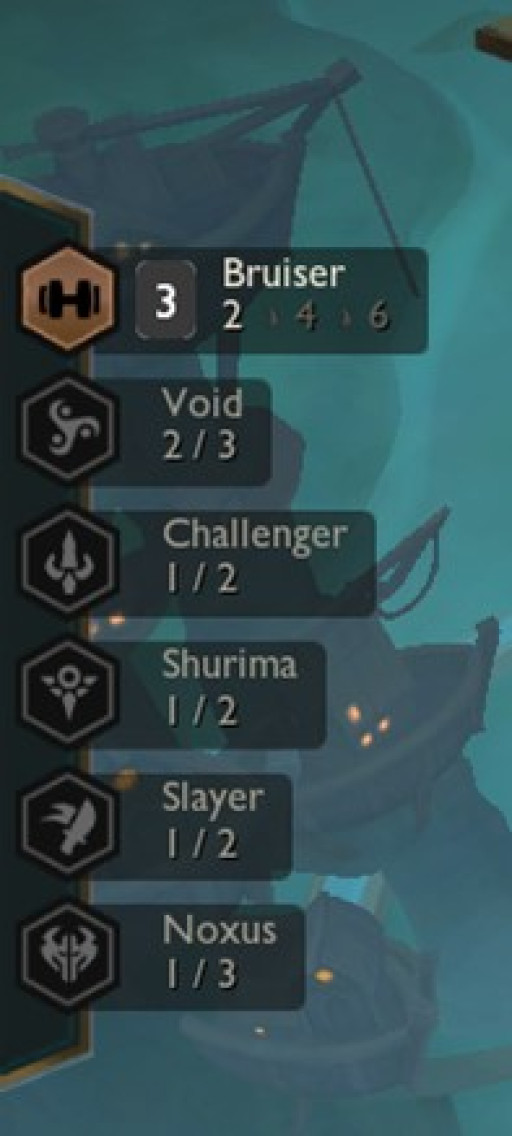
New players might fall behind with unbalanced streaks, winning a game and losing a game, as they ignore the importance of synergies in early games. In some cases, having 2 or 3 champions activate a trait is better than having 4 or 5 champions with no common active trait.
Some traits, such as the Piltover for season 9 and its midseason 9.5, would allow you to lose early rounds so you can be a beast in the late game, unlike the Void trait, for instance, in the same season, which has a high chance of winning early rounds as it summons an additional strong unit.
You need to always look for early synergies between champions, knowing which streak you want to get on.
Also keep in mind that even if you have an active trait but all the champions are in the backline, you might lose as you don’t have a tank, and vice versa.
Mid Game
21. Flexible Strategy
New players always face the same problem, which is sticking to one strategy too rigidly, even if it’s not working or needs specific conditions to work.
Adaptability would be challenging for beginners as they might use a combo that perfectly won the game, so they would keep on playing it on every round without having an eye on the circumstances or the shop probability.
You don’t have to choose a combo just right from the beginning of the game; you need to adapt to different situations, adjust your comps based on champions you get or find in the shop, items you received till mid-game, and augments you pick, so you can always have a higher chance to win the game. Don’t commit too early to a build unless you know what you are doing and you’ve mastered it.
But if the comp is not exceptionally strong, you need to go with the flow, as if you find a lot of champions of the same trait, consider playing it even if it’s not your initial plan.
20. Scouting
Most of the players are missing out on one of the best features that TFT offers, which is the scouting options. Players don’t pay enough attention to other players’ strategies, which makes them miss information.
Also, scouting is not only for winning a game; if you find a strong player queued with you, you could scout him to learn how he wins his games or what specific strategies he is using.
Paying attention to other players and scouting their boards would always make you ahead of them, as you would know how to counter them and which comp is being most used, which is an indicator that you will find fewer copies in the shop.
Use scouting starting from midgame so you can always make calculated decisions about your own comps and positioning. Also, once you find many players going for the same champion or trait, consider pivoting to another so you can avoid a lack of champions in the shop.
19. Maintain Economy
As we mentioned above, you don’t have to spend all of your gold. We know that it’s tempting to spend all of your gold in midgame, especially if you are losing a lot of rounds and you need to get your champions to a higher level or even find the key champion.
But imagine that you are losing the round; you spent all of your gold and didn't find any of what you were searching for; that’s a high probability of losing the game.
Once you hit midgame, you can go to as low as 30 gold in the bank to get at least 3 gold interest. Having a healthy economy means having a better game; the late stages are the crucial ones, so save for later.
If you are already winning, you are getting more gold for your winning streak, and you already have plenty of health. If you want to stay on top, you can level up and reroll for a higher level of the key champion.
18. Leveling Up Champions

Players sometimes ignore the fact that a level 3 tier 2 champion can sometimes take out a level 2 tier 5 champion; it’s all about leveling up your champions.
Ignoring the levels of the champions means underpowered champions, which would lead to loss. This means you need to learn the percentages of tiers in the shop for each level. For example, if your key champions cost 1-2 gold, don’t level up to level 7 or 8, as you will have a low percentage of finding them in the shop.
Also, some traits’ power increases with the increase in champions level, such as the Void trait in seasons 9 and 9.5, where summoned unit power increases for each champion that has a higher level on the field regardless of its tier, whether it’s a tier 1 or tier 5 champion.
17. Positioning

Since it’s called tactics, it’s all about strategies; having your champions misplaced or not strategically placed would lead to a certain loss.
Some champions are made to be in the frontlines, and some are made to be in the backlines, so always keep an eye on damage champions or ranged champions to be in the back rows and tank champions to be in the front rows.
Also, as we previously mentioned, scouting enemies would help you position your champions to counter his strategy.
The right positioning would determine the outcome of the battle. Also, keep in mind that some champions would buff adjacent allies.
But on the other hand, spreading out your champions is a great way to avoid taking extra damage from the AoE damage caused by your enemies’ abilities.
Late Mid Game
16. Strong Synergies
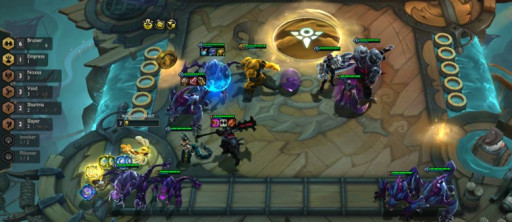
Always aim for strong synergies, knowing that some synergies can look like a beast in the early game but fall hard in the late midgame. Also, keep in mind that every champion has a main trait and a secondary trait, which are in most cases easier to activate.
As you progress through the game, you need to prioritize stronger synergies, as you will get stronger champions as you level up. Some of them will have unique traits that greatly help the team.
Also keep in mind that some traits become powerful when multiple champions share them, not just 2 or 3.
15. Carousel Rounds

Carousel rounds are a bit tricky; sometimes you have that item that you really need on a champion that would be totally useless for you while having that other champion that might be a key to winning but he has an item that you don’t want.
You need to know how important the carousel rounds are in terms of item selection and champion selection; some of them would have a great impact on your late game performance. Always target the items that would complete your plan, but if your items are going as planned, then try targeting the rare champions you don’t get; if not this or that, try picking up the highest-cost champion to get the gold.
In some cases, you might need to prioritize offensive items if you have a solid front row, and vice versa.
Always plan ahead for carousel rounds, knowing what is missing and what you would target. This would be by familiarizing yourself with the item combinations and synergies, so you don’t waste time.
14. Economic Transition
Now that you are almost at the late game, transitioning from saving to spending gold is a challenge for many players, as they might not know when it’s time to invest in leveling up, rerolling for champions, or just saving more gold.
Once you are almost to the late game, if your key champion is a high-tier one, aim for leveling up faster so you can have a better chance of getting it in the shop.
But if your comp is about rerolling a specific trait or champion, start rerolling as much as you can so you can level up your champions to their maximum.
As it might be a critical point to save in the early rounds, it’s really important to start spending in the mid-late game so you can remain competitive and not fall behind.
Leveling up would increase your champion limit and increase the odds of finding a high-tier champion, and rerolling would get your champions to higher levels.
13. Counter Building
Sometimes it might get to the point where it’s impossible to win without the counter technique, which many people ignore. Countering an enemy would be with an item, a champion, or even changing the position of a single champion.
Identifying the opponents’ comps, items, and strategies by observing and scouting will greatly increase your chances of winning. For example, if your opponent has a full AD team, aim for armor; if they have a full AP team, aim for magic resist; and so on.
Counter-building can be a deal-breaker and change the game in your favor. Always scout your opponents and plan your items and comps accordingly so you can always have the advantage.
12. Positioning Adaptation
Always keep in mind that fixed positioning can be a great disadvantage as the game progresses. Once your opponents know your strategy, they will adapt to it, knocking off your key champions and leaving you with some tanks or secondary champions that won’t do the job.
You need to always adjust the champion positioning based on your opponents’ strategies and board state. Always keep an eye on your opponents’ key champions so you can target them at the beginning of each round.
Also, you can spread out your champions to avoid AoE, as mentioned above.
Being flexible with your positioning by observing and reacting accordingly would give you a huge advantage. For example, if your opponent has some kind of assassin, consider placing one of your tanks or crowd control champions so that they taunt the assassins.
Late Game
11. Rerolling
Once you hit the late game, you might feel a bit lost on how to reroll effectively. Either you are playing a low-cost comp, for which you definitely need to spend some more gold to get them to level 3, or you are playing a high-cost comp, which would require a reroll to at least level 2.
Rerolling for low-cost champions means that you are still on low levels, such as 6 or 7, but rerolling for high-cost champions means that you are already level 8 or 9, so you can get those tier 4 and 5 champions in the shop.
Rerolling is a very important part of the game to complete your team; mastering it will always put you at the top of the queue, as you need to focus on key champions rather than getting different champions that won’t matter.
10. Legendary Champions
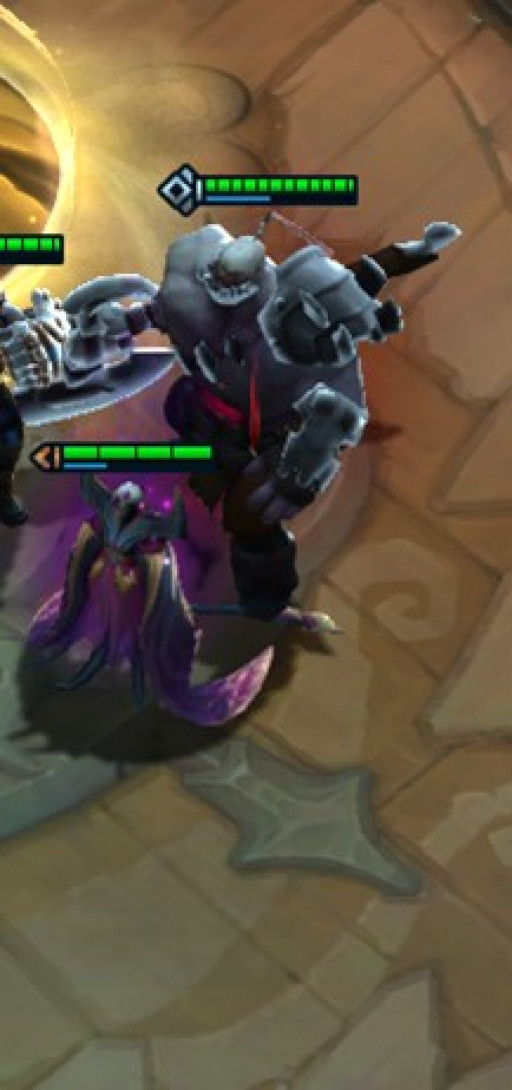
Did you ever find yourself having a really great comp with high-level champions, yet you play against a level 9 player who has most of the legendary champions, which cost 5 gold or more, and he is just winning for no reason?
Well, the reason is that he focused on the real late game, leveling up, trying to balance the loss streak, and then focusing on the high-tier champions.
Of course, you don’t have to buy all the tier 5 champions, but you need to have 1 or 2 at least in your comp if the game is going for some really late rounds.
Legendary champions are always powerful additions to your team, and including them will always make you stronger in case they fit in your comp, especially if they match the activated traits.
9. Crowd Control
Underestimating the crowd control power is a huge mistake, which many ignore. Knowing that you have a champion who has high crowd control would always be an advantage, as placing him in the right spot would increase the chances of winning.
Also, you need to keep an eye on the opponents’ crowd control champions, as you might find yourself with no tank or damage dealer in the blink of an eye just because they were stunned or kicked out of the arena.
Starting from the early rounds to the late rounds, always try to have crowd-control champions within your team.
Crowd control varies from stun, silence, knockup, knockback, or even increasing the max mana; all of those would make the opponents’ champions not use their abilities.
8. Adapt and Counter
As we mentioned, you don’t have to stick to the original strategy, especially in the late game. Some people stick to their plan even if it’s not working, which leads to losing the game.
Adapting to the game and the ever-changing strategies of people would always put you on top of the queue; trying to find out what’s working and what's not would greatly help you win games.
Also, countering your opponent's comp when possible is a great way to win the game, which requires adaptation to the evolving comps.
Never be afraid to change your lineup if it would increase the chances of winning even by a very small percentage; flexibility is the key in the late game.
7. Positioning Mastery
Mastering the champions positions can be a very hard step to learn for beginners as it requires understanding the champions abilities, different strategies opponents apply, and board dynamics, but keeping an eye for details would get you there.
Mastering the positioning of the champions maximizes your team’s effectiveness, as you need to protect your main champions, especially those who are not tanks, from high crowd control and high damage outputs by placing them strategically.
You need to experiment with different positions while observing how each little change would impact the next battle, as you might have the weaker team but the better positioning, so that would make up for you and allow you to win.
Always look for your opponents’ actions and refine your positioning based on that, along with your team’s strengths and weaknesses.
Final Rounds
6. Final Compositions
Starting from the early rounds, it might be hard or unclear which comp you are going to play with or which champions or synergies you will have to activate, but by the very end of the game, which would be around 2 to 4 rounds, it should be crystal clear which comp you chose.
Since we are at the very late game, you need to solidify the team comp based on the champions, augments, items, and synergies you have chosen to play with from the very beginning by searching for any missing champion copy in the shop by spending even all of your money or in the carousel rounds.
And if there is an uncompleted synergy, make it your priority in the second round, especially for those who provide huge boosts for the team or for your key champions.
Always remember to sell champions that don’t fit your final composition so that you can have some extra gold to reroll and buy stronger ones that would fit the comp.
5. Item combinations
Since we are in the late game, you must have combined some pretty strong items, but always aim to get more items for more champions, even if they are secondary champions. Each item means more damage or more tankiness, which means a higher percentage of winning.
If you have a component left, aim for another one in the carousel if one is found so that you can make an extra item if it’s a game changer for you.
Understanding the full item list would greatly help you, as 1 little item such as Morellonomicon could destroy a whole team that relies on healing, so always try to counter the late comps even with a single item.
4. Scouting and Positioning
Late game rounds are often intense, and the position of a champion can mean a lot and lead to winning or losing the whole game, so positioning becomes more critical as you progress toward the last few rounds.
You need to continuously scout opponents and adjust your positioning based on the data you saw so that you can gain a tactical advantage as the scouting reveals your opponents’ strategies and allows you to counterplay their moves.
Scouting is one of the most important features that you need to use in a late game where a single battle can determine the outcome of the match that you have been building for over 30 minutes or even more.
Always consider moving your champions to counter a crowd control threat or optimizing your champions’ abilities to get the most out of them.
3. Last-minute adaptations
In the late game, quick decisions might make a huge difference and change the game from losing to winning, or vice versa.
It might seem hard as you might need to change something in a couple of seconds, but once you master that, you will win most of your games as you will get stronger and also surprise your enemies.
Don’t ever hesitate to sell or replace champions if it means having a stronger team in the final moments, so always be flexible and open to changes. If you are losing, it’s time to change something.
Always look for your board and your opponents’ board before each round, especially the last 2 seconds before the round begins, as there might be a change required.
Quick thinking is the key in late-game rounds.
2. Stay Calm
Late-game scenarios can be intense, and sometimes it feels overwhelming and panicky, but staying calm would give you a chance to think better and focus on the opportunities.
The last-minute decisions would require a clear head to make the best choice that can be made, but if you panicked, you might make a mistake or even sell a key champion by mistake, which would cost you the whole game that you have been building up for.
The best technique is to take a deep breath and stay calm so you can make the right decisions. Also, trust your instincts and use the data and knowledge you have collected throughout the game so you can execute the best strategy.
1. Have Fun
After the game has ended, whether you won or lost, go to another game or not. Remember that it’s a game meant to make you have fun. The game is challenging, and we all want to get to the end, but sometimes we forget to have fun.
Having fun would also keep your mind clear of negative thoughts, which would make you make better decisions and have a better perspective on the game, which is key to winning all the rounds.
Also, in health terms, staying under pressure for hours playing TFT would seriously harm you, so you need to relax, have fun, but also stay competitive, trying to conquer lobbies, take out the queue, and win the games.

